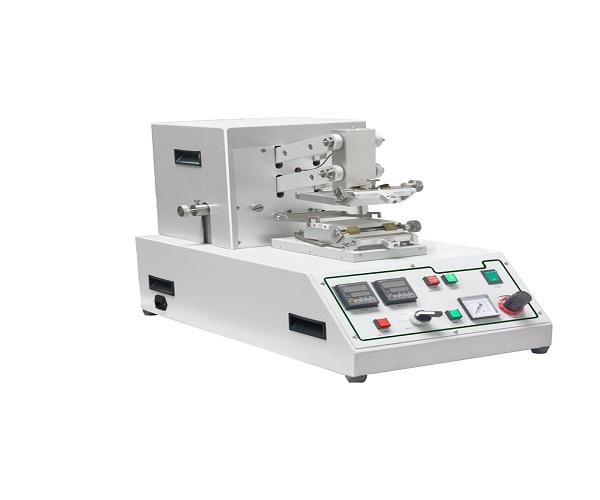
NewsInformation Center
Essential: The most comprehensive scratch resistance testing interpretation
2023/11/10
Scratch resistance is typically measured using a standardized test called the Mohs hardness test. This test involves using a set of minerals with known hardness levels to scratch the material being tested. The scratch resistance is determined by comparing the hardness of the material with the hardness of the minerals in the scale.
How do you measure scratch resistance?
Scratch resistance can be measured by different test methods. The following are some of the common methods:
1. Macro method: This method involves performing a scratch test using mechanical or manual means. For example, a common test method involves using a scratch test apparatus to apply a certain amount of scratching force and speed to the surface of the material under test, and then evaluating the scratch resistance based on the surface damage after scratching.
2. microscopic methods: through microscopes or other fine observation equipment, the surface of the material can be observed in detail to assess the damage and degree of scratching.
3. Instrumental methods: Scratch resistance can be tested under controlled experimental conditions by means of specialized instruments, such as universal abrasion testers, which can simulate the scratching process in actual use, such as in the field of plastic films, coatings, paints, and so on.
Regardless of the method used, the purpose of a scratch resistance test is to evaluate the resistance of a material's surface to scratching and abrasion. These test methods can help manufacturers and researchers determine the durability of materials, optimize product design, and meet specific product performance requirements.
What is the standard for scratch resistance test?
1. ASTM D4213-16:
This is a standard developed by the American Society for Testing and Materials (ASTM) to evaluate the performance of scratch-resistant coatings and paints.
2. ISO 1518:
This is a standard developed by the International Organization for Standardization (ISO) for measuring the scratch resistance of coatings, paints and films.
3. ISO 19252:
This is a standard developed by ISO to measure the scratch resistance of different types of materials (e.g. plastics and coatings) under certain conditions.
4. gb/t 1730-2007:
This is a Chinese national standard for assessing the scratch resistance of coatings, paints and films.
In addition to these common standards, different industries and specific products may have their own standards for scratch resistance testing. For example, common standards used in the automotive industry include General Motors GMW14872 and Ford CETP-00.00-L-467.
What is the scale of scratch resistance?
Scratch resistance ratings are usually based on the depth, length, or other characteristics of the scratches in the test results. Specific rating systems may vary by industry, application and standard. The following is an example of a common scratch resistance rating classification:
1. No Scratch:
Samples are tested for scratch resistance without visible scratches or marks. This indicates that the sample has very good scratch resistance.
2. small scratches:
There may be some small scratches on the surface of the sample, but these scratches are not visible and usually do not affect the appearance or performance of the sample.
3. Significant scratches:
There are significant scratches on the surface of the sample, and these scratches may have some effect on the appearance and performance of the sample. However, the scratches are not significant enough to be considered serious.
4. Severe Scratches:
Significant scratches are present on the surface of the sample and these scratches may have a significant adverse effect on the appearance and performance of the sample. Scratches may penetrate deep into the surface of the material, resulting in visible damage.
It is important to note that specific scratch resistance classifications may vary by industry and application. Detailed grade classifications and corresponding evaluation criteria may be provided in specific standards or specifications to more accurately evaluate and compare the scratch resistance of materials. Therefore, when performing scratch resistance testing, reference should be made to the applicable standard to determine the appropriate grade classification system.
Previous: What is a ci4000 xenon arc weathering instrument?
N e x t : G501 Leather Flexing Tester Operation Procedure




